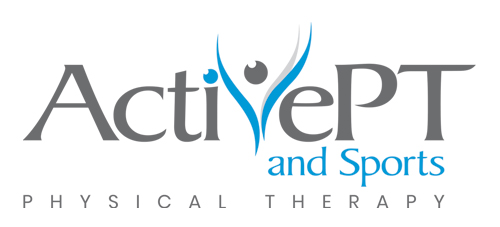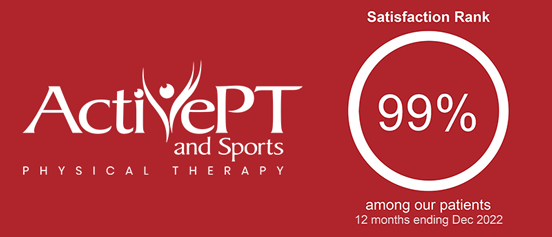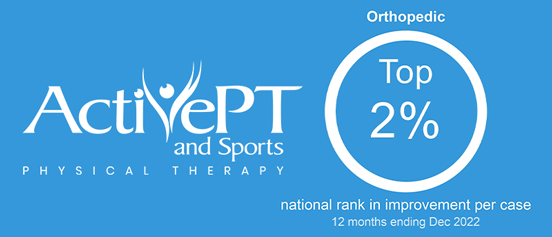By Mary Kleis, DPT
The excitement, planning, and anticipation of your baby’s arrival often blurs any focus on the recovery process after childbirth. When reality hits, and you want to get your body and some “normalcy” back, new mothers are often left feeling unsure of what normal recovery looks like. Learn how to recover easier from the most common issues that can happen after having a baby.
COMMON POSTPARTUM ISSUES
New mothers often don’t realize how common pain or problems are during the postpartum period. Neck, upper back and lower back pain can plague nursing mothers or those not accustomed to carrying around a baby. Incontinence or leaking often starts during or immediately after pregnancy and mothers are unsure what amount of leaking is normal or when it will begin to improve. Scar pain can interfere with recovery after a cesarean section or episiotomy. Sex can be painful after pregnancy and childbirth. For some women, a separation forms in the abdominal wall during late pregnancy (diastasis rectus abdominus). Returning to normal activity and exercise is a struggle for many women after childbirth, commonly a result of core weakness and muscle discoordination.
NECK & BACK PAIN
New mothers often report increased back pain during the first year of baby’s life, sometimes due to carrying baby, feeding or nursing positions. Positioning baby during nursing for a proper latch can cause you to place baby’s needs over your back’s needs. This may result in increased back pain. As baby grows in size, carrying and holding your child can place increased stress on your neck and back. Deconditioned muscles and strain on the spine during late pregnancy can cause these issues to feel more painful than a normal “you” would experience. Pain should resolve in a week or two with changes in posture, supporting your neck/back in a better position during nursing, alternating the arm that holds the baby or taking increased breaks between household tasks. If pain does not resolve within one to two weeks, increases despite better self-care or does not respond to simple home remedies, it may be time to have a therapist who specializes in postpartum recovery take a look and provide you more concrete advice.
SCAR PAIN
After a c-section or an episiotomy, scar pain can interfere with daily life or returning to normal sexual activity. This pain should resolve gradually over time as you see your scar change from pink to light purple then to a light skin color. Gentle massage over and around a fully healed scar can help with the initial pain and adhesions. However, you should not perform scar tissue massage until all sutures are removed and scabs/steri-strips fall off naturally. Stop massaging your scar if signs of irritation occur as a result of the massage. As time passes after having your baby, you will be able to press and rub more firmly around your scar until it moves normally like the skin on the back of your hand. If your scar remains painful and adhered after 3 months, it’s time to have a pelvic floor therapist assess your scar.
DIASTASIS RECTUS ABDOMINUS (DRA)
DRA is a relatively common separation that occurs down the midline of the belly during your third trimester. This often gradually reduces after delivery, but for some women, it never reduces. As a general rule, a gap of less than two fingers wide is acceptable and normal unless a bulge or pain is present. If you are unsure if your separation is considered normal, have a pelvic health physical therapist evaluate your separation and provide you with advice specific to your recovery.
INCONTINENCE AND LEAKING
Leaking of urine or feces is an unfortunate consequence that often accompanies childbirth. The amount of leaking and how long it will last after having a baby varies greatly and depends on the severity of complications during your delivery. This is not a comfortable topic for most women and is, unfortunately, widely accepted as “something that happens when you have children.” We are here to dispel this myth. Not all women will leak or should continue to leak after childbirth. The pelvic floor muscles need to coordinate beautifully to balance the need of holding your bladder and letting it out when it’s time. Muscle coordination is affected during the stages of pregnancy and often takes proper exercise to regain. Many believe Kegel exercises are the only exercise needed to restore muscle function for proper bladder control, but this is far from the truth. Too much exercise can cause overactive muscles and can negatively affect bladder control. Learning how to relax your pelvic floor (and when) is just as important as learning to properly contract the muscles without compensating with everything around the pelvic floor. This is not an easy thing to teach yourself, so expert help is often needed. General physical therapists are not trained in the specific needs of the pelvic floor postpartum. If you need advice about whether your leaking is normal for you and your specific recovery situation, meet with a physical therapist with advanced training in treating pelvic floor conditions.
RETURN TO EXERCISE
While this is the most common question we get as therapists, the guidelines are not as simple as they would seem. Everyone’s pregnancy and postpartum recovery is unique, so return to exercise and activity should be unique to what your body has experienced. Your muscles are commonly deconditioned, not as coordinated, and ligaments remain more relaxed initially after having your baby or if you are still nursing. Exercise should start with simple abdominal and pelvic/back stabilization exercises and ease into more movement-type exercises once tolerated well. Progression back to weights and high-impact exercise needs to be slow and methodical. Some research recommends waiting at least 12 weeks after your baby arrives to return to running to allow for muscle and ligament healing. Stay focused on core activation, training both the lower and the upper abdominals (unless you have a DRA, then seek medical advice before performing abdominal exercise).
Women have a lot of questions during their postpartum recovery. ActivePT makes it easy to get your questions answered. Schedule a free 15-minute appointment with one of our pelvic floor physical therapists to have your questions answered by an expert at no charge. They will provide you with advice specific to your pregnancy and postpartum recovery.




